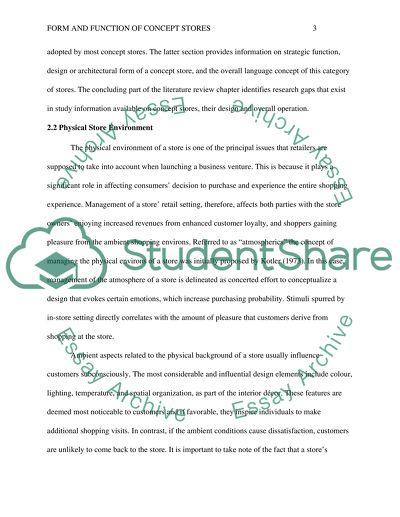Cite this document
(“The form and function of Concept Store Literature review”, n.d.)
The form and function of Concept Store Literature review. Retrieved from https://studentshare.org/miscellaneous/1647333-the-form-and-function-of-concept-store
The form and function of Concept Store Literature review. Retrieved from https://studentshare.org/miscellaneous/1647333-the-form-and-function-of-concept-store
(The Form and Function of Concept Store Literature Review)
The Form and Function of Concept Store Literature Review. https://studentshare.org/miscellaneous/1647333-the-form-and-function-of-concept-store.
The Form and Function of Concept Store Literature Review. https://studentshare.org/miscellaneous/1647333-the-form-and-function-of-concept-store.
“The Form and Function of Concept Store Literature Review”, n.d. https://studentshare.org/miscellaneous/1647333-the-form-and-function-of-concept-store.


